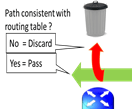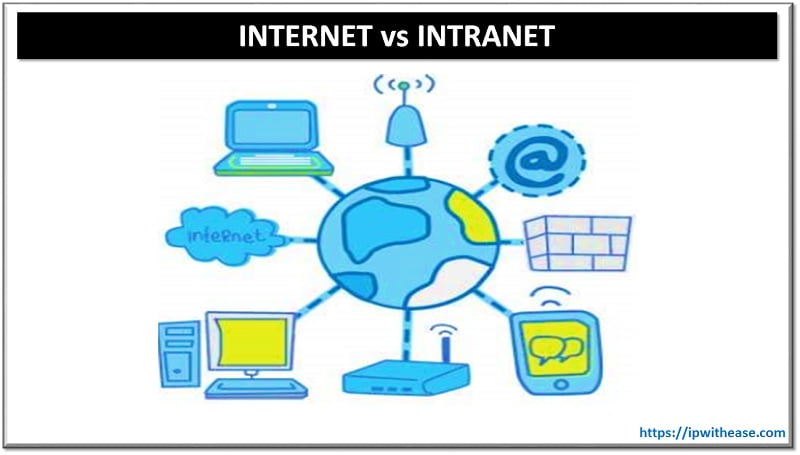A firewall is a system that provides a barrier between a trusted, internal network and untrusted, external networks such as the Internet. Firewalls can be hardware-based, software-based, or a combination of both.
When data comes into a network from an external source, the firewall evaluates the data against its set of security rules. If the data is deemed safe, the firewall allows it to pass through to the internal network. If the data is deemed unsafe, the firewall blocks it from passing through.
The Two Types of Firewalls Processes
There are two common types of firewalls: packet filters and stateful inspection.
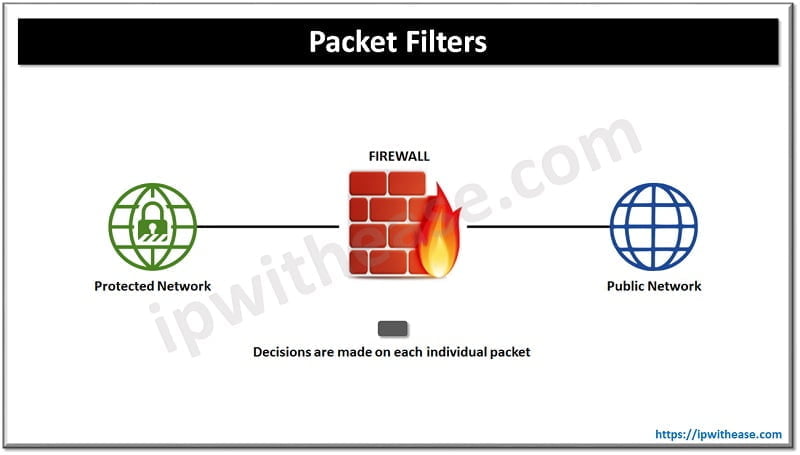
Packet filters are the simpler of the two firewall types. They work by looking at each incoming packet and comparing it to a set of rules. If the packet matches a rule, it is allowed through; if not, it is blocked.
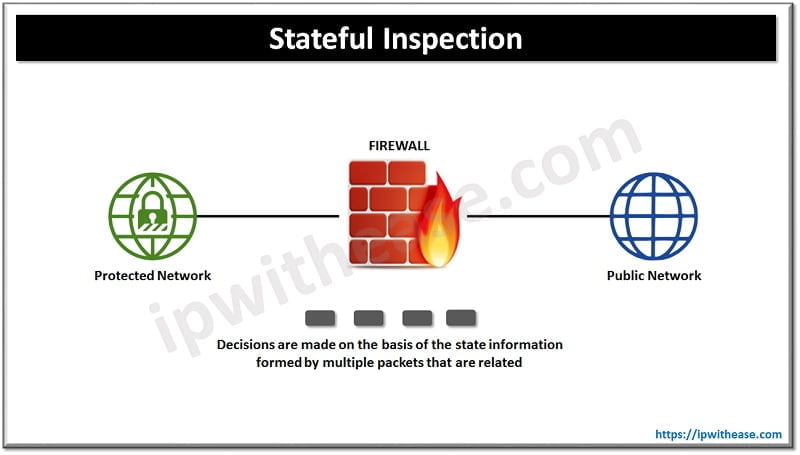
Stateful inspection is a more sophisticated type of firewall that tracks the state of each connection passing through it. A connection is a flow of data between two points. When a connection is first established, the stateful inspection firewall creates a record of the connection and allows it to pass through.
For all subsequent packets in that same connection, the firewall checks to see if the record exists before allowing the packet to pass. This type of firewall is also sometimes called a stateful inspection firewall or a dynamic packet filtering firewall.
It operates on the principle called implicit deny. So the type of traffic implicit deny would block, would be everything by default that doesn’t have an explicit rule to allow it.
How does a stateful inspection firewall work?
A stateful inspection firewall looks at each packet that comes into the network and compares it to a set of rules. If the packet matches a rule, it is allowed through; if not, it is blocked.
The Three Types of Firewalls
There are three types of firewalls: hardware-based, software-based, and cloud-based.
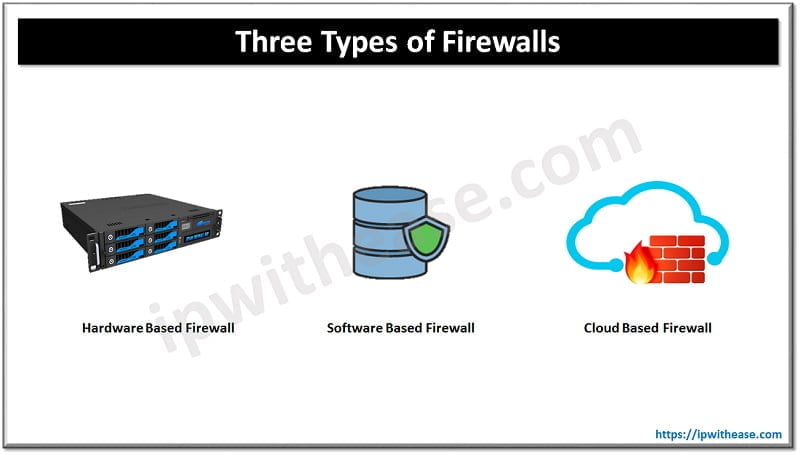
Software-Based Firewalls
A software-based firewall is a type of firewall that is installed on a computer or server. It is usually installed on the network perimeter router and monitors all traffic coming into and going out of the network.
Software-based firewalls are typically more configurable than hardware-based firewalls and can be updated more easily to add new features and fix security vulnerabilities.
Hardware-Based Firewalls
A hardware-based firewall is a type of firewall that is installed on a network perimeter router. It is usually installed on the network perimeter router and monitors all traffic coming into and going out of the network.
Hardware-based firewalls are typically more expensive than software-based firewalls and can be more difficult to configure.
Cloud-Based Firewalls
A cloud-based firewall is a type of firewall that is installed on a network perimeter router. It is usually installed on the network perimeter router and monitors all traffic coming into and going out of the network.
Cloud-based firewalls are typically more configurable than hardware-based firewalls and can be updated more easily to add new features and fix security vulnerabilities.
Hosting a Home Firewall
Home firewalls are usually a multi-solution that both serves a firewall and a router in the same physical router. This is great because solutions like VPNs can be compatible with the router.
However, this can also lead to problems where one component might not get updated and leave you open to attack.
When configuring a home firewall, the most important thing is to make sure that it is properly configured to allow the traffic that you want while still blocking the traffic that you don’t want.
Summary
Firewalls are an important part of any computer network. They provide a barrier between the trusted, internal network and untrusted, external networks.
There are two common types of firewalls: packet filters and stateful inspection. Packet filters work by looking at each incoming packet and comparing it to a set of rules. If the packet matches a rule, it is allowed through; if not, it is blocked.
Stateful inspection firewalls keep track of the state of each connection passing through them. For all subsequent packets in that same connection, the firewall checks to see if the record exists before allowing the packet to pass.
Frequently Asked Questions
How are firewalls used?
Firewalls are used to filter traffic between two or more networks. They can be used to allow or block traffic based on a variety of criteria, such as IP address, port number, and protocol.
What are the benefits of using a firewall?
The benefits of using a firewall include increased security and improved performance. Firewalls can also help to protect against malware and other malicious software.
What are the disadvantages of using a firewall?
The disadvantages of using a firewall include the potential for decreased performance and the need for ongoing maintenance and updates. Firewalls can also block legitimate traffic, which can be frustrating for users.
How do I choose a firewall?
When choosing a firewall, it is important to consider the needs of the network and the users. Firewalls can be hardware-based, software-based, or cloud-based. Hardware-based firewalls are typically more expensive but can be more difficult to configure. Software-based firewalls are typically less expensive and can be more easily configured.
Continue Reading:
Stateful vs Stateless Firewall
Cisco PIX vs Cisco ASA: Stateful Firewalls
ABOUT THE AUTHOR
IPwithease is aimed at sharing knowledge across varied domains like Network, Security, Virtualization, Software, Wireless, etc.


